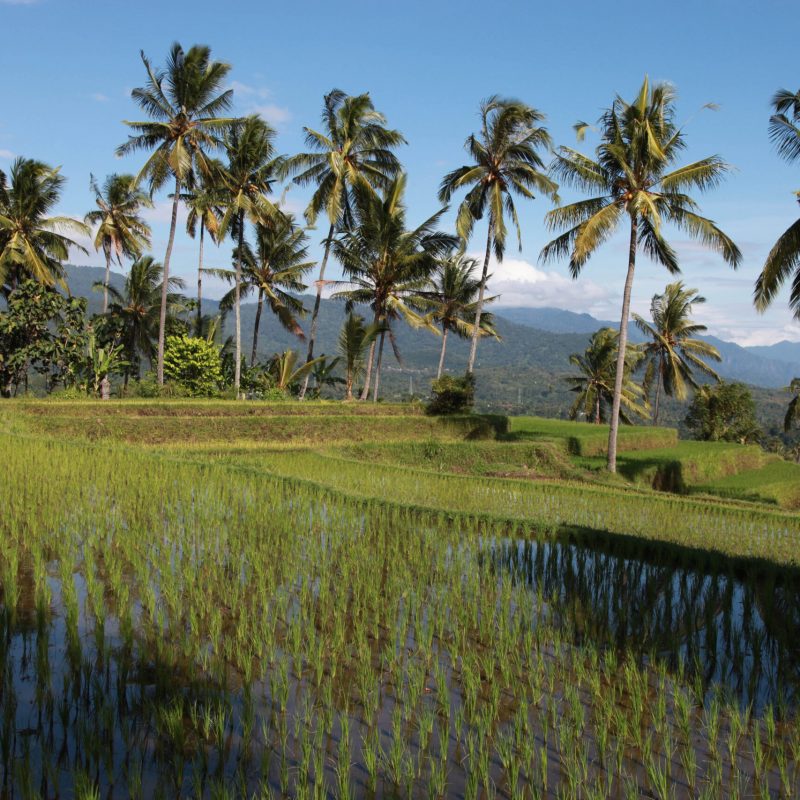
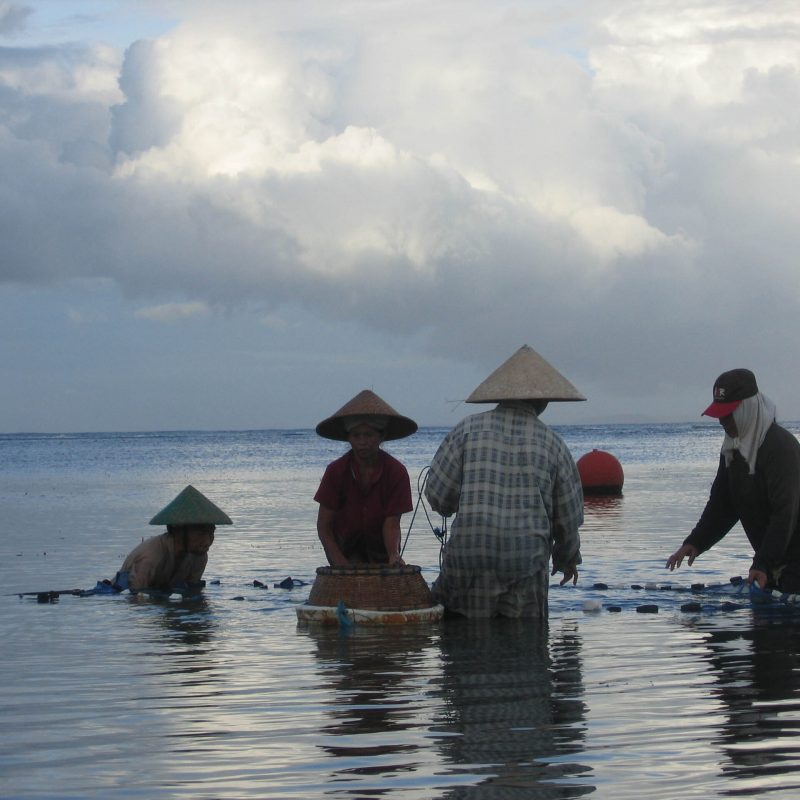
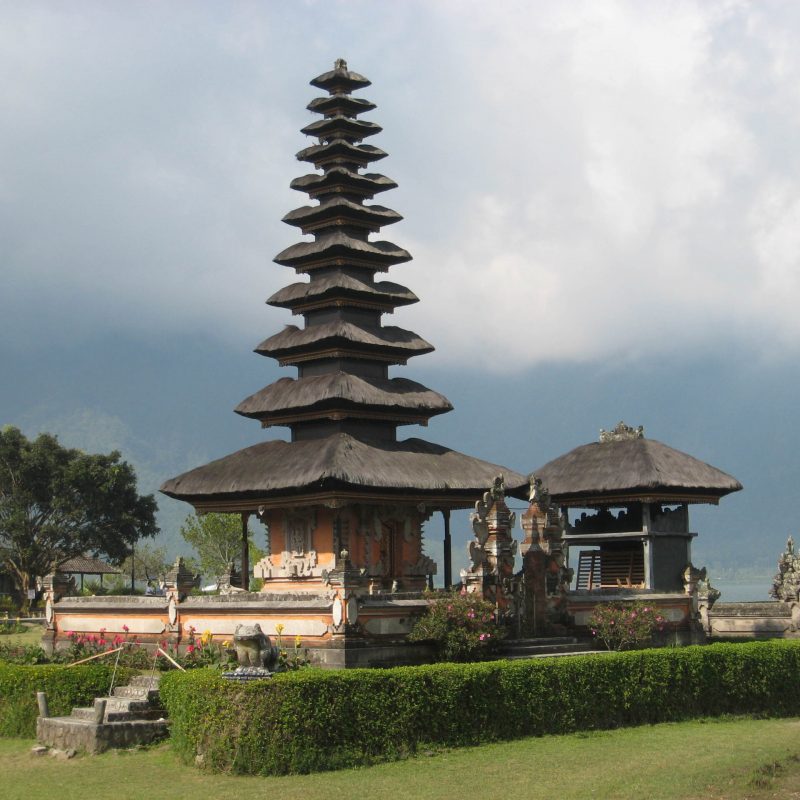
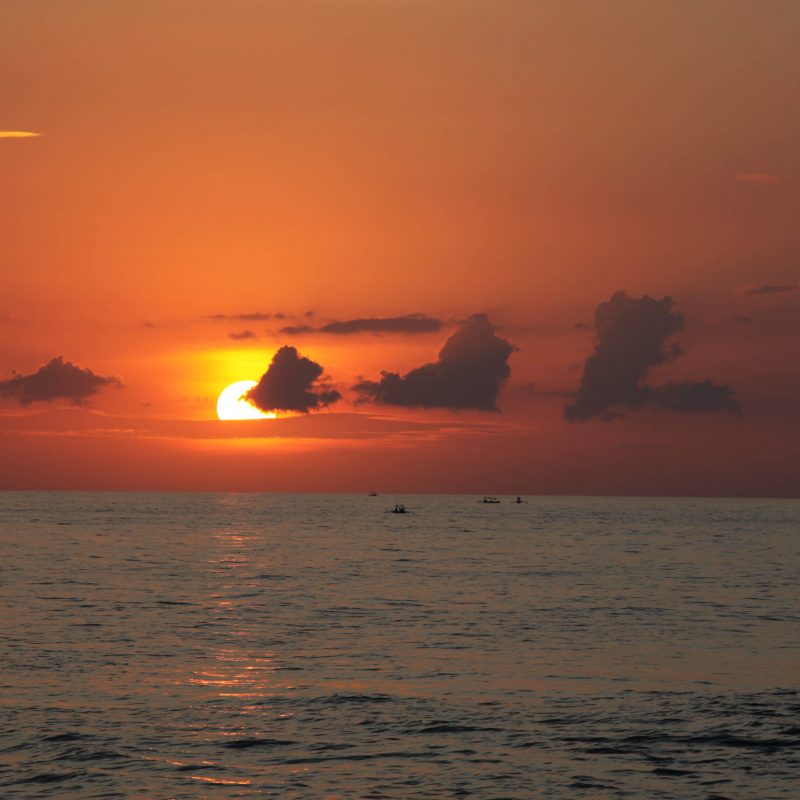
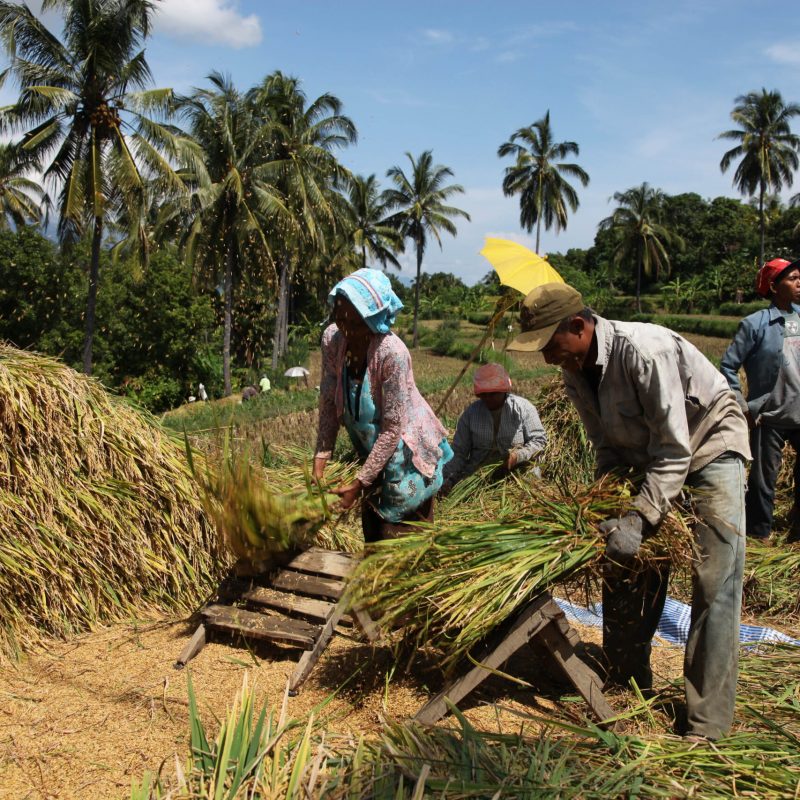
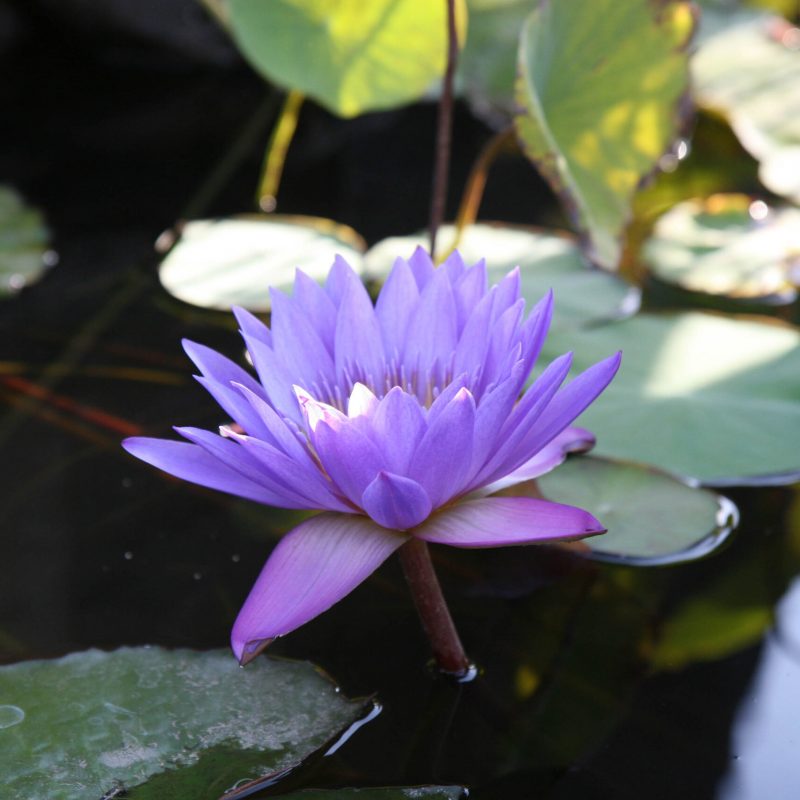
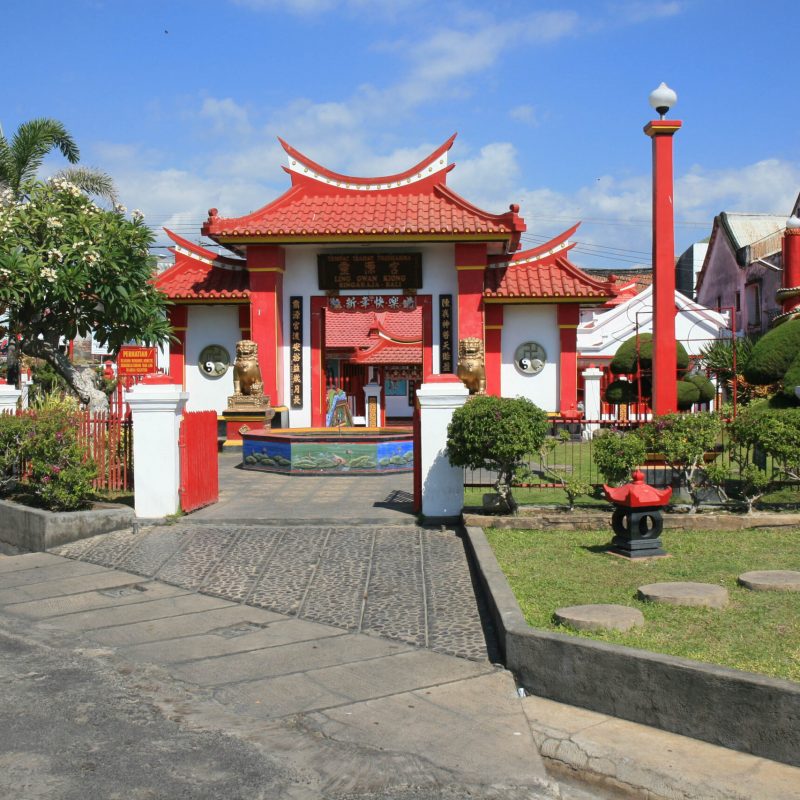
Bali
Bali is the only island in the ‘Emerald Belt’ where Islam has hardly penetrated. The Hindu culture, modified to the Balinese circumstances, dominates the island; 90% of Balinese are Hindu. You will see the Hindu culture everywhere, expressed in the many temples and the unique processions.
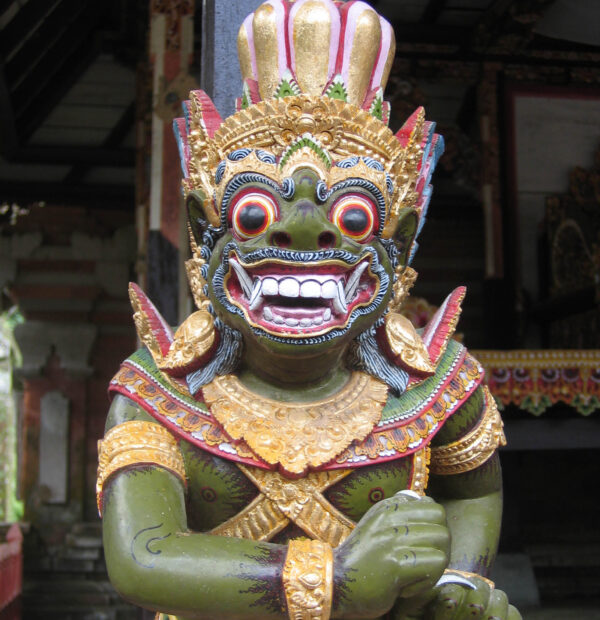
Balinese Hinduism
Bali is also called the ‘Island of the Gods’. Religion on Bali is entwined with daily life. This shows, among other things, in the famous Balinese dances and the ceremonies. In general the population is very friendly towards tourists, giving you the opportunity to experience the local and religious traditions from up close.
Your villa is also inaugurated according to Balinese customs. In the garden of the villa you will find a temple where offerings from the staff take place every day. Offerings consist of incense, bread, rice and flowers. These offerings take place to please the gods and to keep evil spirits at bay. You’ll not only find these rituals at your villa but basically everywhere, especially at entrances to buildings and stairs, so watch your step! Many buildings have stone guards at the entrance often with typical Balinese cloths swathed around them.
Temples
Every village has at least three temples. There are small temples at crossings, hill tops, mountains and sawas. Of course every house has its own temple(s) as well. Bali Hinduism has also given its unique atmosphere; guests may also view beautiful temples and colorful processions.
Tradition
The typical Balinese culture has different values and customs from the ones we are used to in our Western society. When you visit a temple, you have to wear a sarong and a slendang (sash) around the waist. You can often rent these at the entrance to a temple. For non-Hindu’s it’s forbidden to enter the inner sanctuary of a temple. Women are considered unclean during their period and are therefore not allowed to visit temples. When visiting a temple a small contribution is normally made. The money will be used for maintenance. It’s advisable to ask for permission when taking pictures of people in religious places or of people performing a ceremony. Taking pictures of military buildings is strictly forbidden.
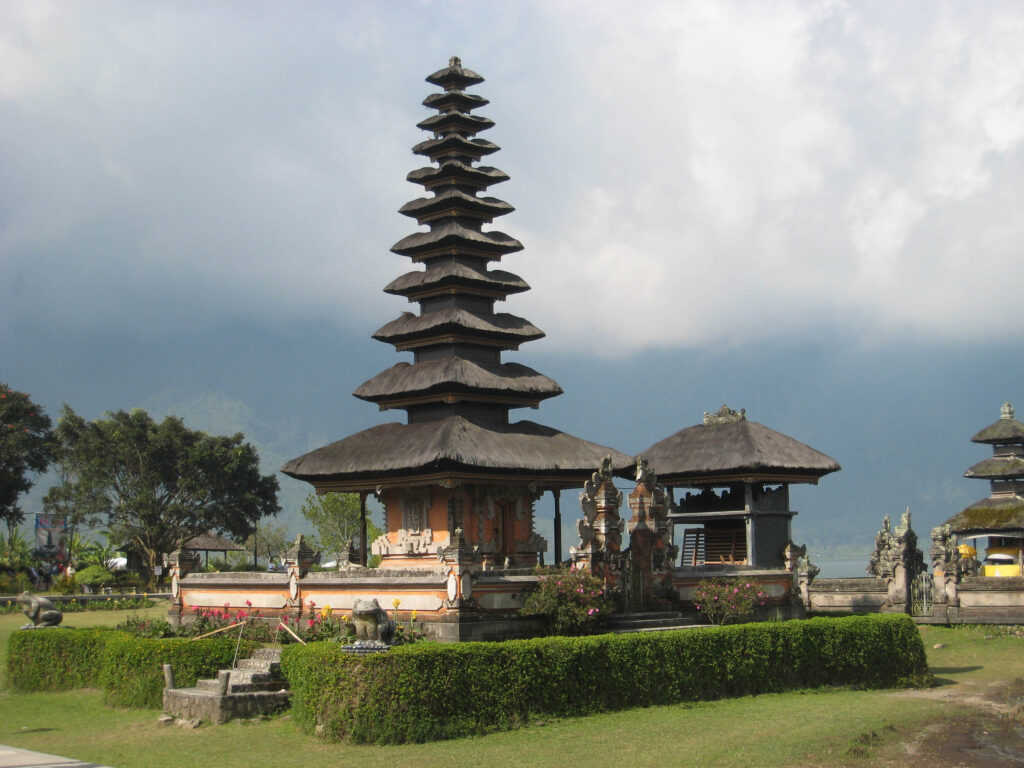
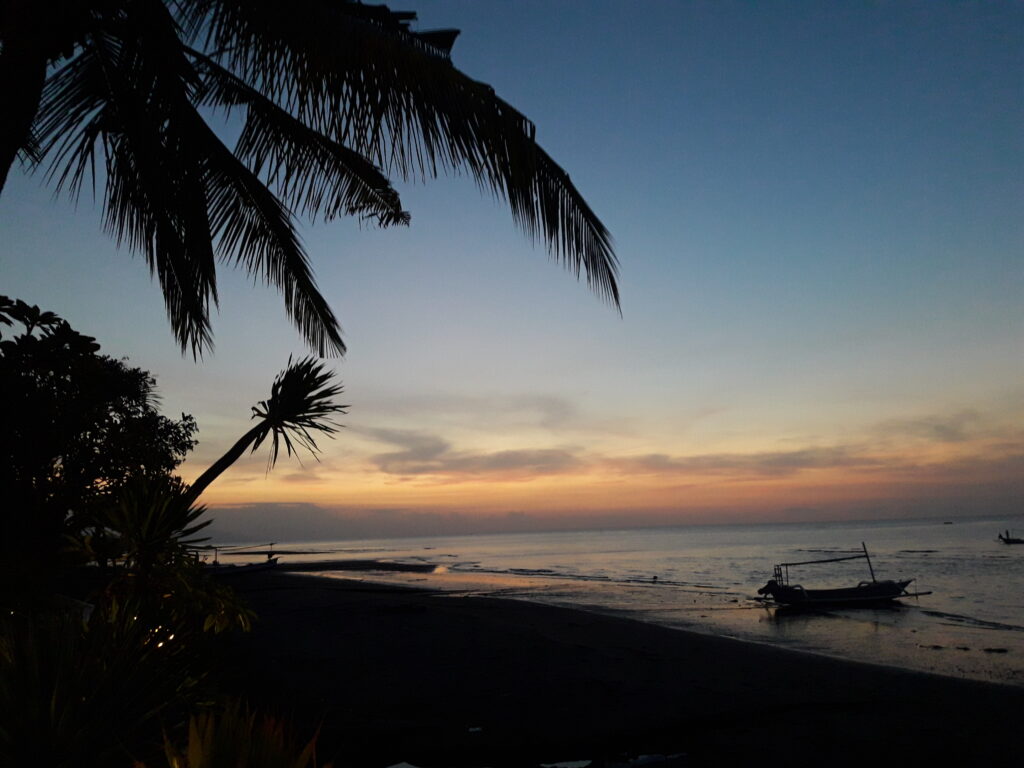
Information
Bali has a rich and colorful nature with beautiful rice fields, mountains, rain forests, volcanoes, lakes and rivers and coral reefs in clear seawater. The climate is extremely pleasant throughout the year, both in the rainy season and in the dry periods. Even in the rainy season, Bali is a great place to visit as tropical showers can be short and the temperature always stays around 28° C.
Bali is one of the 13,677 islands of Indonesia. It covers an area of over 5,560 km2 and has about 3 million inhabitants. From west to east the distance is about 145 km and the distance from north to south is about 85 km. The spoken language is Bahasa Indonesia and the currency is the Indonesian Rupiah (Rph), however the USD is also widely accepted.
Landscape
Bali has many volcanoes. The chain of volcanoes determines the relief of the Balinese landscape. The highest peak on the island is Gunung Agung (Mount Agung), the Holy Volcano (3,100m). Another famous volcano and tourist attraction is the Gunung Batur (1,700m). Both are situated in the North-East. Bali has a varied landscape due to past volcanic activity and the tropical climate. The volcanic soil is very fertile, as a result of which various plants, trees and crops grow in abundance. Agriculture is an important source of income. The most important Balinese crop is rice and here one can find the famous sawas; wet rice fields which are mainly laid out in stepped terraces. Other important crops are coffee, tobacco, spices and fruit.
The Southern part of Bali is relatively flat. Situated close to the capital of Denpasar are the major tourist areas such as Kuta and Sanur. The Balinese people mainly live outdoors, both at work and at home in the village. More than 85% of the islanders live and work in the countryside, 10% are employed in the tourism industry.
Climate
Bali has a tropical monsoon climate. The island is situated close to the equator, which means it is always warm and there are only 2 seasons: a dry and a rainy season. The average temperature is pretty much the same all year around, although there is a difference between daytime and nighttime temperatures. The average daytime temperature is 28° C, at night the average is 22° C. The temperature of the sea water, around 28° C, is quite constant throughout the year.
The ‘dry’ season is from April until November. The rainy season is characterized by short, abundant rainfall during the months of November through April (the monsoon). However, also during the ‘dry’ months every now and then there will be a tropical downpour, but these are often short and fierce, and the sun will shine exuberantly again afterwards.
Like anywhere in the tropics most showers are either in the late afternoon or evening. The mornings are generally clear and sunny.
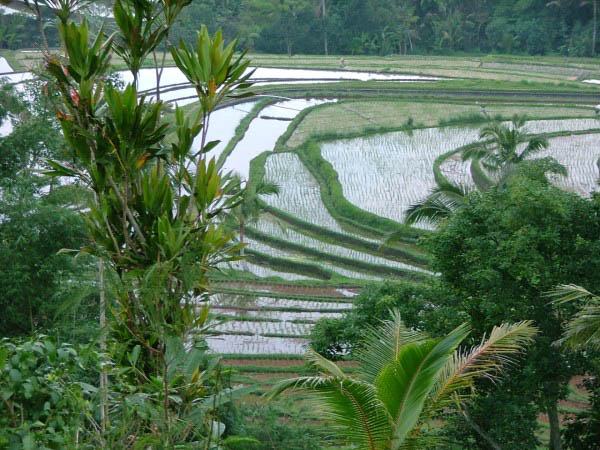
Due to the high humidity, the weather is often quite sultry. Most of the times the weather in the higher altitudes is cooler. Along the shore there is often a nice breeze, which makes the beach a pleasant place to stay.
Practical information
Visa-on-arrival
- Upon arrival most nationalities can obtain a visa-on-arrival for a stay of maximum 30 days / 29 nights in Indonesia.
- Please make sure your passport remains valid for at least 6 months upon arrival. This is mandatory to enter Indonesia.
- If you stay longer than 30 days in Bali (or in Indonesia) you have to apply for a visa in advance at the Indonesian embassy in your country of residence.
- We advise you to check with the authorities prior to your departure to ensure regulations have not been changed.
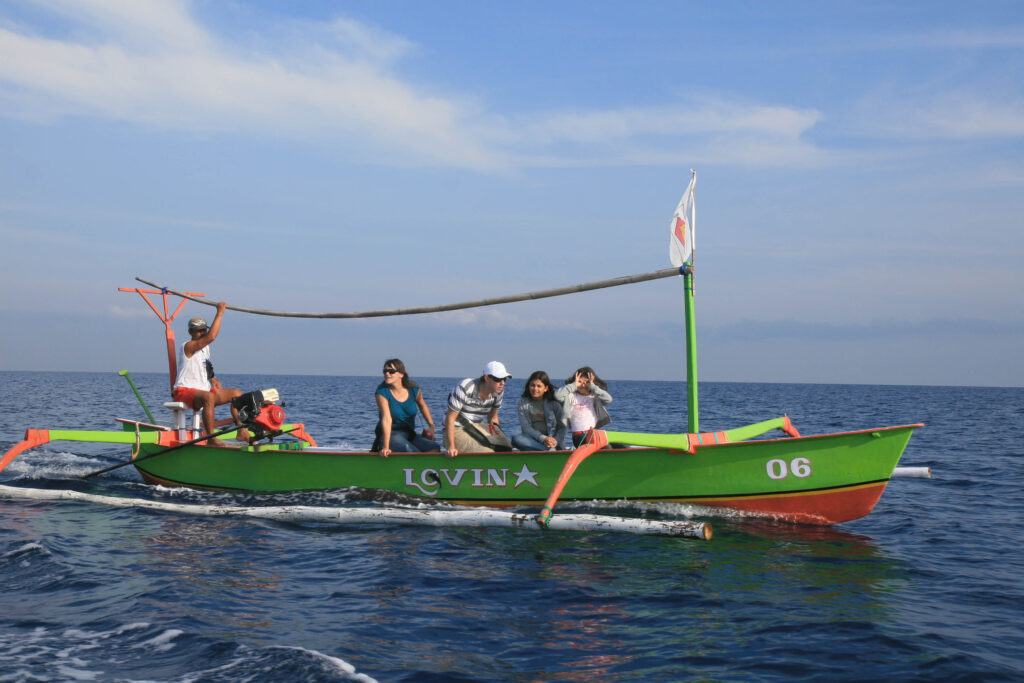
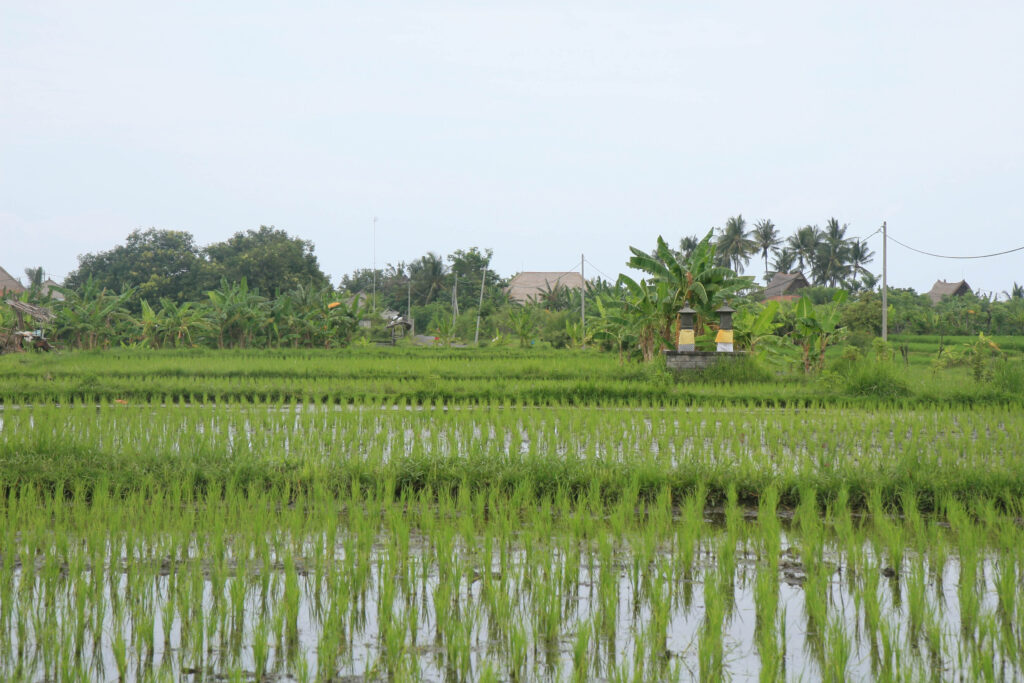
Time zone
Indonesia is divided into three time zones. On Bali, the Indonesian Central Time is valid. This means that in the summer months on Bali it is 7 hours later than GMT and in the winter it is 8 hours later than GMT.
Electricity
Bali’s electrical current is 220 volts AC. The villa’s electrical sockets are of the European type (two pins). An adaptor is available in the villa. As in many other Asian countries, power cuts frequently occur.
Banking
In general, cash payment with Indonesian Roeppiah is still applicable in most of the places in Bali. Only hotels and expensive restaurants are accepting credit cards. In Lovina and other large cities such as Singaraja you will find ATM cash machines where you can use your ATM or Debit Card to withdraw Indonesian Rupiah. Keep in mind that you often can withdraw only a small amount at a time, and that you (still) cannot pay by credit card at most places in the north part of Bali. It is therefore advisable to bring some cash for the first days and exchange this in Ruppiah after arrival. After you passed the customs and just before you enter the arrival hall you have several money changers. You can also use an ATM, which you will find in the arrival hall.
Also in Lovina you can exchange money, we can recommend Tip-Top Money Changer, they have often good rates for exchanging foreign currency into Indonesian Ruppiah.
You find Tip-Top next to Hotel Chonos at the main street of Lovina.

